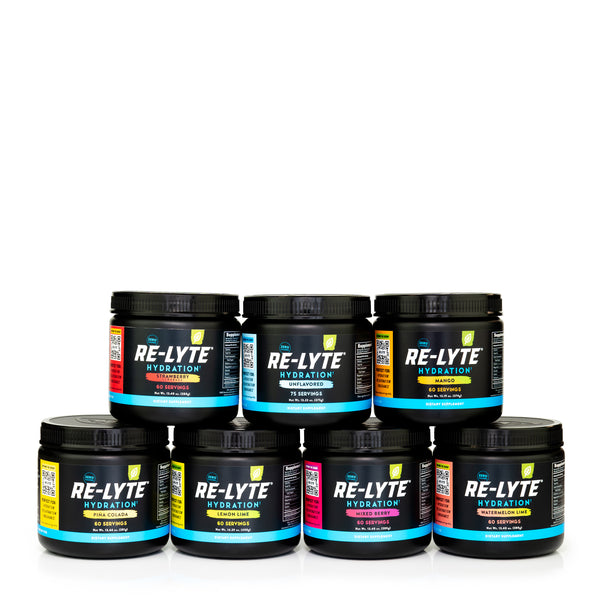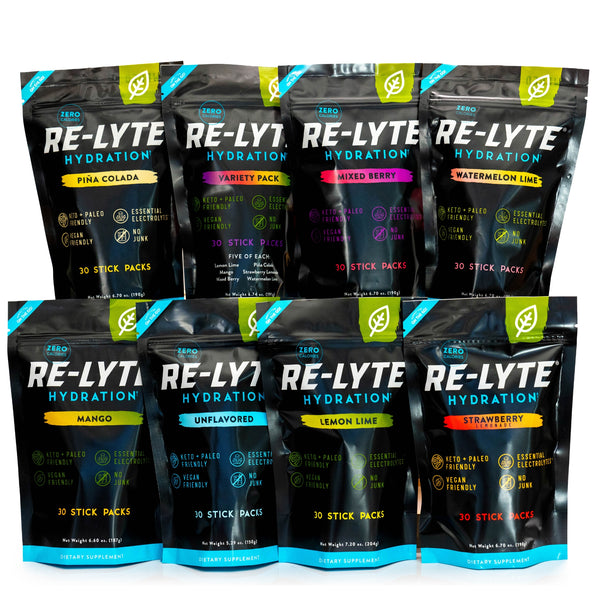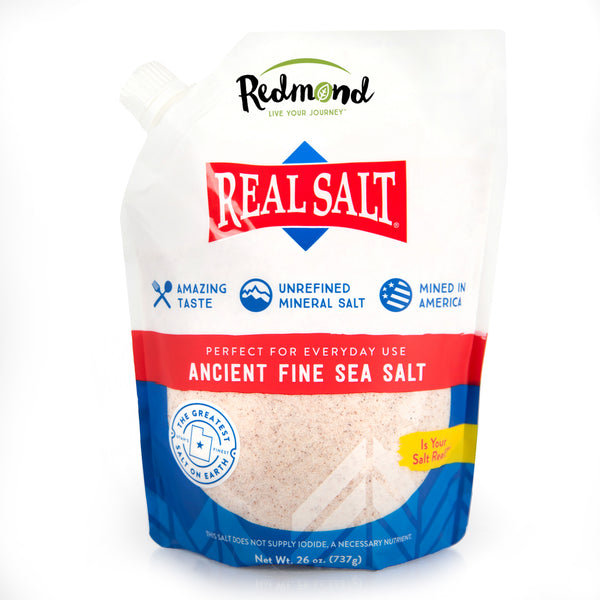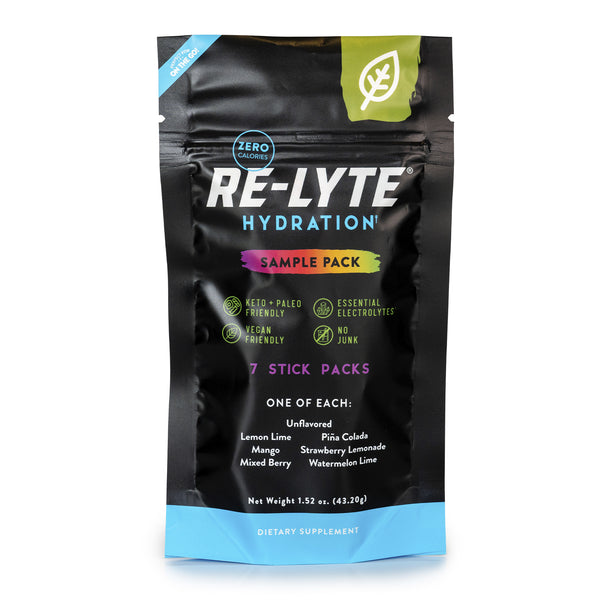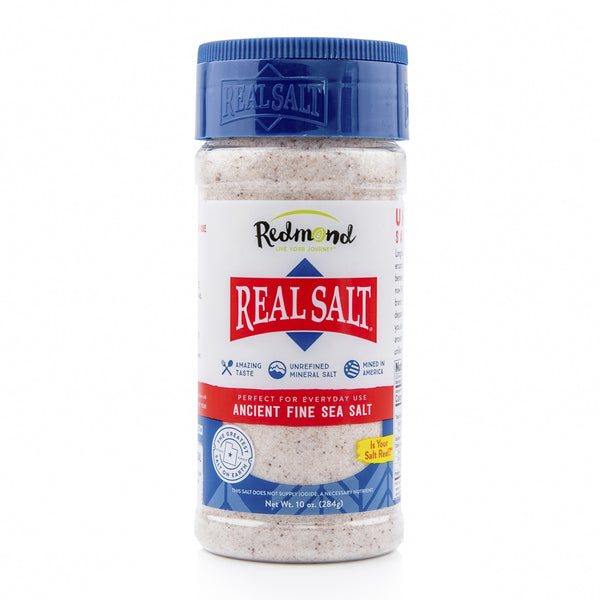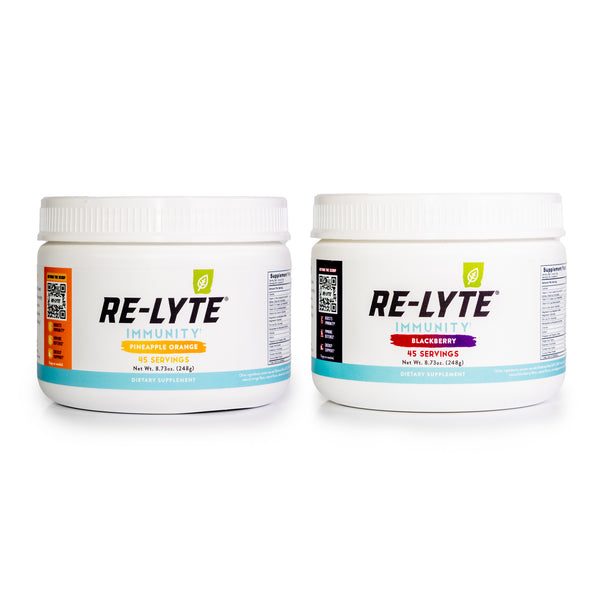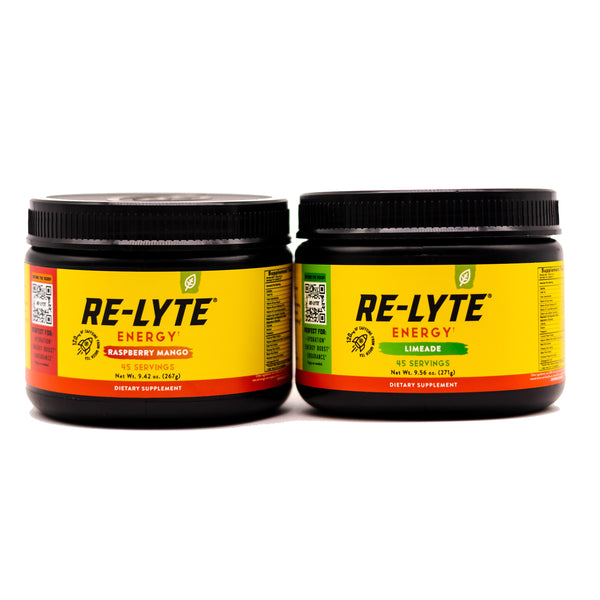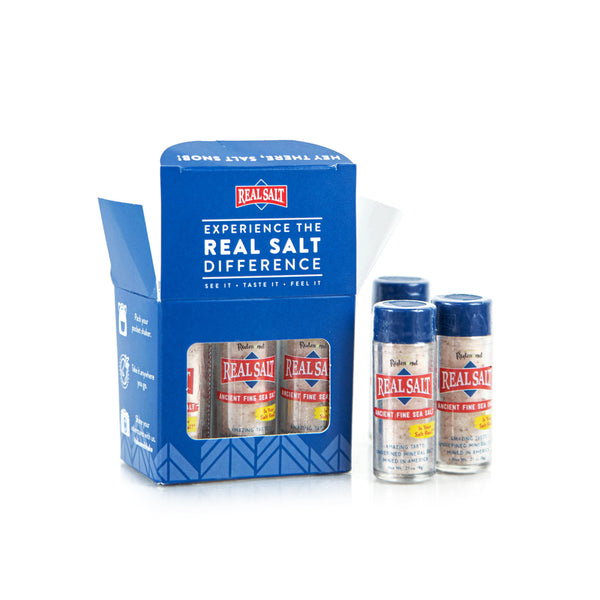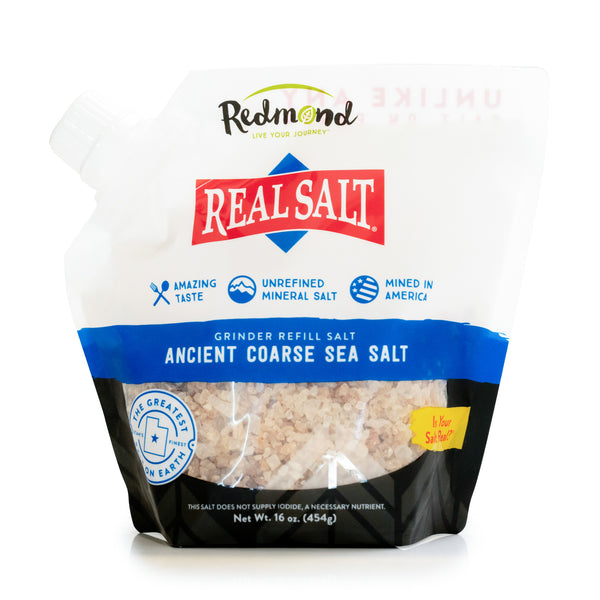Teach, Sip, Thrive: 5 Hydration Tips for Teachers

Article at a Glance
- Many teachers struggle with consistent hydration due to their demanding schedules.
- 75% of Americans suffer from regular dehydration. Teachers face additional obstacles, including few breaks, long days of talking, and limited access to water.
- Strategies for improving hydration include sipping regularly, incorporating electrolytes, thoughtful beverage choices, upgrading water containers, and hydrating off-hours.
- Making hydration a priority leads to increased energy levels, balanced electrolytes, and improved overall well-being.
Did you remember to drink enough water today? If you’re a teacher facing the hurdles of a new school day, getting enough hydration often gets left in the dust. Kate, a high school English teacher from Texas, knows this struggle well. “When you're busy working all day, you don’t really think about drinking water,” she admits. “It can be a real problem.”
Teachers like Kate are far from the only ones who struggle with hydration. The National Institute of Health reports that a staggering 75% of Americans suffer from regular dehydration. But for teachers, the challenge is magnified due to long hours of talking, minimal breaks, and, sometimes, limited access to water. “I would bring a water bottle, but to fill it, I’d have to go two hallways down,” Kate said. “The day just gets away from you.”
Teaching is a physically and mentally demanding job, and it’s even harder to keep up with those demands if you’re not giving your body the hydration it needs. Here are some suggestions to help you stay hydrated so you feel your best this school year.

Master the art of sipping. Is it hours until you can take that next bathroom break? A 2005 study found that taking regular small sips–rather than infrequent large gulps–helps your body absorb water more effectively without increasing trips to the restroom. Save the big drinks for 15 minutes to an hour before a break.
Don’t forget about electrolytes. Drinking enough water is only one aspect of healthy hydration. You need to balance that water with the proper amount of electrolytes. Electrolytes support many essential processes in your body, including muscle movement and heart, lung, and brain function. Your body is really at a disadvantage when it doesn’t receive the optimal amount, which is why a clean electrolyte drink like Re-Lyte Hydration can be a game-changer.
Rethink your drink. Overindulging in coffee, tea, and sodas can contribute to dehydration, so it’s a good idea to limit these during the school day. If caffeine is what you crave, consider a more hydrating choice like Re-Lyte Energy. It contains caffeine from green tea extract, energizing herbs and vitamins, and hydrating electrolytes. And unlike other energy drinks, it doesn’t contain artificial sweeteners or chemical preservatives.
Upgrade your water holder. When it’s time to pick your hydration partner, opt for a container that’s user-friendly and convenient. Bottles with straws can be handy for a quick sip mid-lecture, minus the risk of dribbling. If access to water is a challenge, go big with a large container to last the entire day. Or consider two containers–one for the morning and another for the afternoon–to help track your hydration goals.
Hydrate during off hours. Don’t limit your hydration efforts to working hours. Evenings and mornings can be a great time to supplement some of the hydration you miss during the day!
Making hydration a priority might seem like a small step, but it can have a significant impact on your well-being and performance. By embracing these strategies, you’re well on your way to conquering those marathon days with more energy and zip. Let’s kickstart a culture of hydration right in our classrooms and show students what it means to prioritize our health. So, raise those water bottles high, and let’s toast to the exciting new year ahead!
Sources:
- Adult Dehydration - National Library of Medicine
- Defining conditions that lead to the retention of water - Kidney International
- Sipping vs Gulping - Pelvic Sanity
- 7 Tips to Help Teachers Drink More Water - The Teacher Wellness Center


